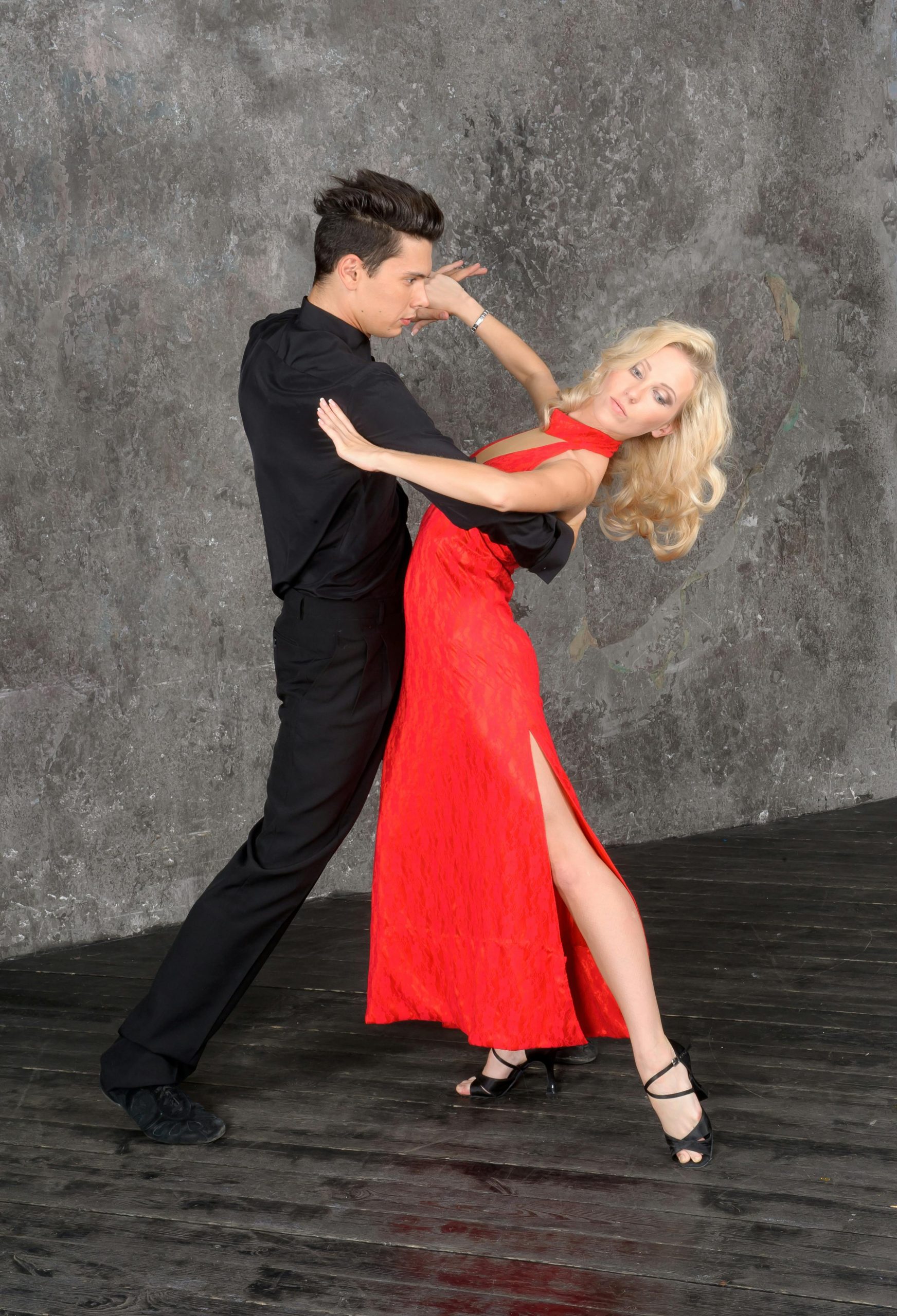Introduction
In India, weddings are not just ceremonies; they are grandiose festivals that celebrate love, union, and cultural heritage. Central to the celebration is the traditional wedding attire, a vibrant embodiment of India’s rich diversity and craftsmanship. The lush silks of the South and the intricate embroideries of the North visually feast in Indian Traditional Wedding attire, symbolizing and reflecting regional nuances. This article explores the intricate world of Indian wedding fashion, highlighting the beauty and diversity of bridal and groom wear across different cultures within India.



Bridal Attire Across Regions
- North India:
- Lehenga Choli: A staple for brides in North India, the lehenga choli features a long, embellished skirt paired with a matching or contrasting blouse and a dupatta. Heavy embroideries, zardozi work, and vibrant colors distinguish its renowned appearance.
- Saree: In some regions, particularly within Bengali and Punjabi communities, the preference leans towards sarees made from rich fabrics like silk and Banarasi. Significantly varying draping styles contribute a unique charm to each bridal look.
- Kanjeevaram Saree: Hailing from Tamil Nadu, the Kanjeevaram saree cherishes its opulent silk and gold-threaded weavings, often showcasing traditional motifs like peacocks and temples.
- Kasavu Saree: Kerala brides traditionally opt for the Kasavu saree, known for its simple elegance, with a cream base and gold border.
- West India:
- Panetar and Gharchola: Gujarati brides traditionally wear a Panetar saree for the ceremony and change into a Gharchola, a grid-patterned saree with bandhani work, for post-wedding rituals.
- East India:
- Mekhela Chador: Assamese brides wear the Mekhela Chador, a two-piece silk ensemble with intricate handwoven patterns, reflecting the region’s rich weaving heritage.
Groom’s Attire Across Cultures
- Sherwani: Across India, the sherwani reigns supreme for grooms. Luxurious fabrics often compose this long coat-like garment, adorned with detailed embroidery and worn over a kurta and churidar.
- Dhoti or Veshti: Particularly in South India, grooms wear a dhoti or veshti, a traditional draped garment made from silk or cotton, symbolizing purity and elegance.
- Jodhpuri Suit: Offering a blend of traditional and Western elements, the Jodhpuri suit is a popular choice for grooms, especially in Rajasthan and those seeking a regal look.
Accessories and Jewellery:
Accessories play a crucial role in completing the wedding attire, adding layers of tradition and opulence.
- For Brides: Bridal jewelry sets often include necklaces, earrings, bangles, waistbands, and headpieces like the maang tikka and jhumar. The choice of jewelry varies with regional attire, featuring gold, diamonds, or precious stones.
- For Grooms: Grooms accessorize with turbans, mojaris (traditional footwear), and sometimes, swords or decorated knives, signifying nobility and valor.
The Modern Twist
While deeply rooted in tradition, Indian wedding attire has embraced contemporary influences without losing its essence. Designers are innovating with silhouettes, colors, and materials, offering modern brides and grooms a blend of the traditional and the new. Fusion wear, minimalistic designs, and personalized motifs gain popularity, reflecting the wearer’s individuality.
Conclusion
Indian traditional wedding attire is a testament to the country’s cultural richness, diversity, and the artistry of its craftsmen. It is a crucial element of the wedding ceremony, imbued with customs, colors, and stories that have been passed down through generations. As India continues to evolve, so does its wedding fashion, weaving together threads of the past and present into a beautiful tapestry that celebrates both heritage and personal style.
In every thread, bead, and fold of Indian wedding attire lies the heartbeat of a culture that values beauty, tradition, and the joyous celebration of love.

